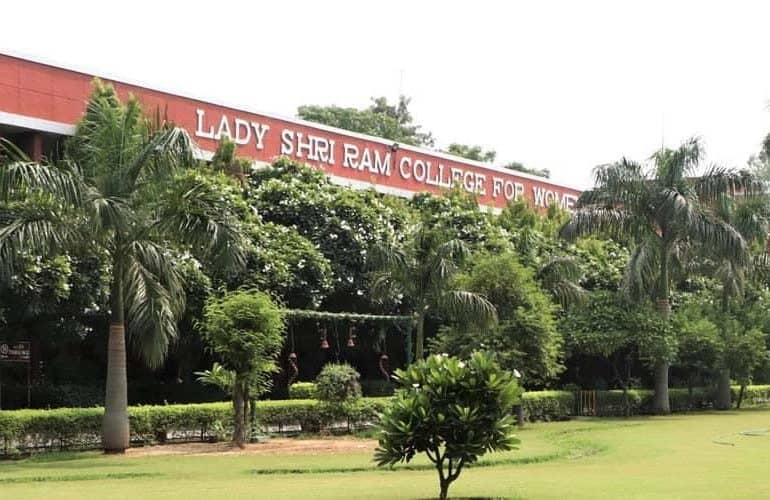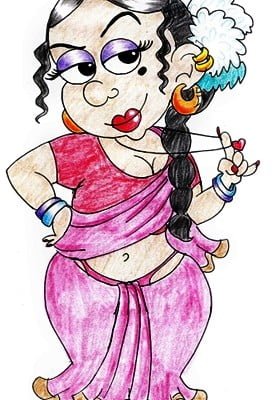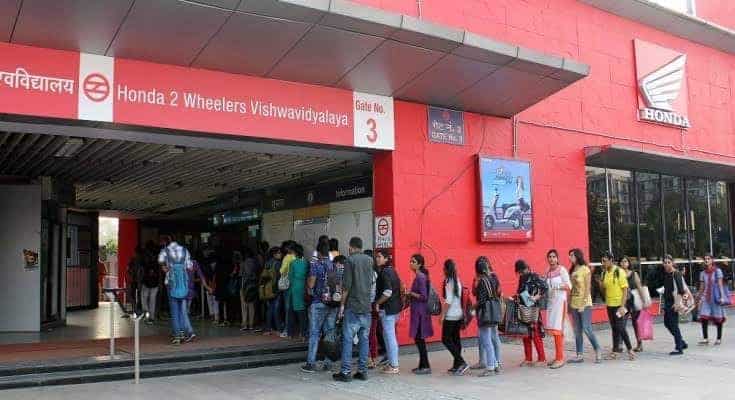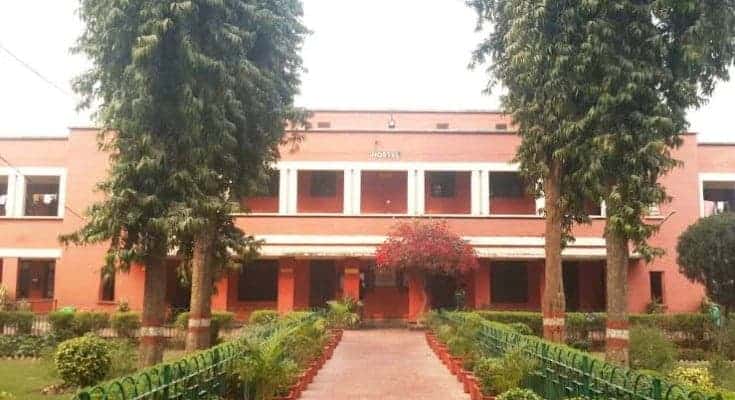After years of lamented echoes for equal rights, certain women still haven’t received acknowledgement, let alone echelon in their fields of work, where they are included only to be left excluded.
Little did we know that the omission of a woman’s efforts would be carried on post her existent life. This is extended to the point where she would be kept away from being posthumously recorded in the National Crime Records Bureau (NCRB) data of farmer’s suicide. P. Sainath, a veteran Journalist and founder of PARI, People’s Archive of Rural India, at a National Conference of Indian Association for Women’s Studies (IAWS) took a jab at this agency by calling it, “a paradise for women,” where zero accounts of female farmer suicide is reported. He called Punjab and Haryana the “seventh heaven” where logistics seem to have flunk. These states have large numbers of female farmers but no documentation of their Harakiri. He goes on to voice a spine chilling question,”Where do they hide the corpse?”
In decoding the primary reasons behind the aforementioned exclusion, it’s imperative to understand the methodology which is incorporated in computing the numbers. It’s fraudulent since it houses eight exclusions. Three of the largest amongst them are women, Dalits and Adivasis, with women being the single largest exclusion.
In economic jargon the terminology of ‘imputed cost‘ is used to categorise or rather limit the labour provided by women since they are pushed in the bracket of ‘housewives.’ Although this concept acknowledges the work done by them, it fails to provide for a calculative mechanism to approximate the same. Consequently their contribution doesn’t make it to the calculation of national income. Sainath said, “Post 2014, the sins of omission have been joined by the sins of commission.”
According to the Oxfam Annual Equality Report, 12.5 billion hours of unpaid work is contributed by women and girls every day of each year across the world. This math equates to USD 10.8 trillion annually, which is five times India’s GDP and more than three times the size of global tech giants like Amazon, Apple and Microsoft.
The problematic aspect of the prohibition lies in answering that how are we to solve to the problem of farmer’s suicide as a whole when we are busy ostracising another group from the records? The problematic aspect charges more when women themselves are made to realise that their labour devotion is secondary or relatively unimportant or doesn’t qualify as being worthy enough to get paid. This is a classic example of Italian philosopher Gramsci’s hegemony model, where the subordinate class would concur, willingly to oppression of the upper class with a little negotiation.
It’s a dissappoinment that the NRCB is the best possible record data to show the menace of farmer’s suicide. Its bereftness when it comes to registering women- speaks volumes about the societal prejudices affecting economy and society. The cause is not inked therefore, it reinforces the perpetuated state of exclusion which therefore demands a dire need to be changed. This starts by eradication of the association of unpaid work with what we classify as a homemaker’s job. Acknowledging the imputed cost and ending of hegemony would in turn put an ending to the discrimination that happens in the agrarian economy and elsewhere in the socioeconomic forum.
References taken from P Sainath’s speech at his valedictorian address at the XVI National Conference of IAWS published by India Today: https://www.indiatoday.in/india/story/women-are-the-single-largest-exclusion-in-india-s-farmer-suicides-data-p-sainath-1642141-2020-01-31
Image Credits: PARI Network
Umaima Khanam







